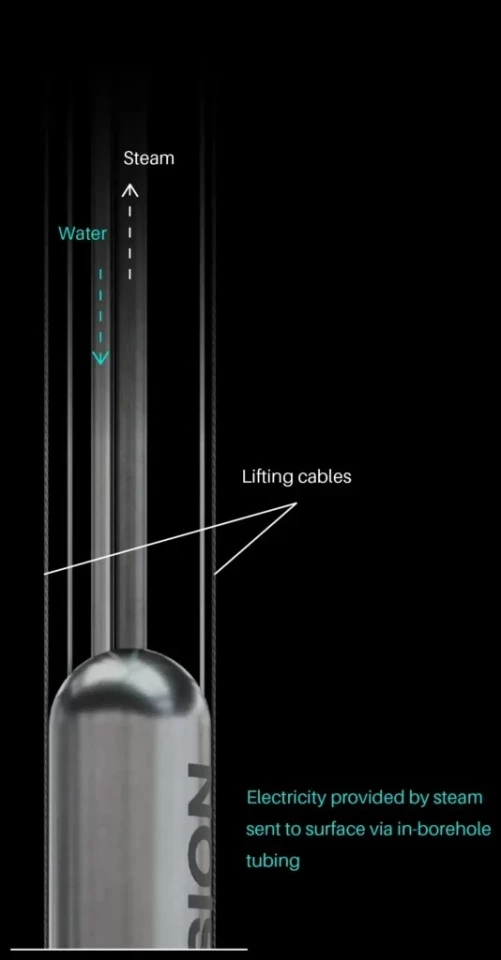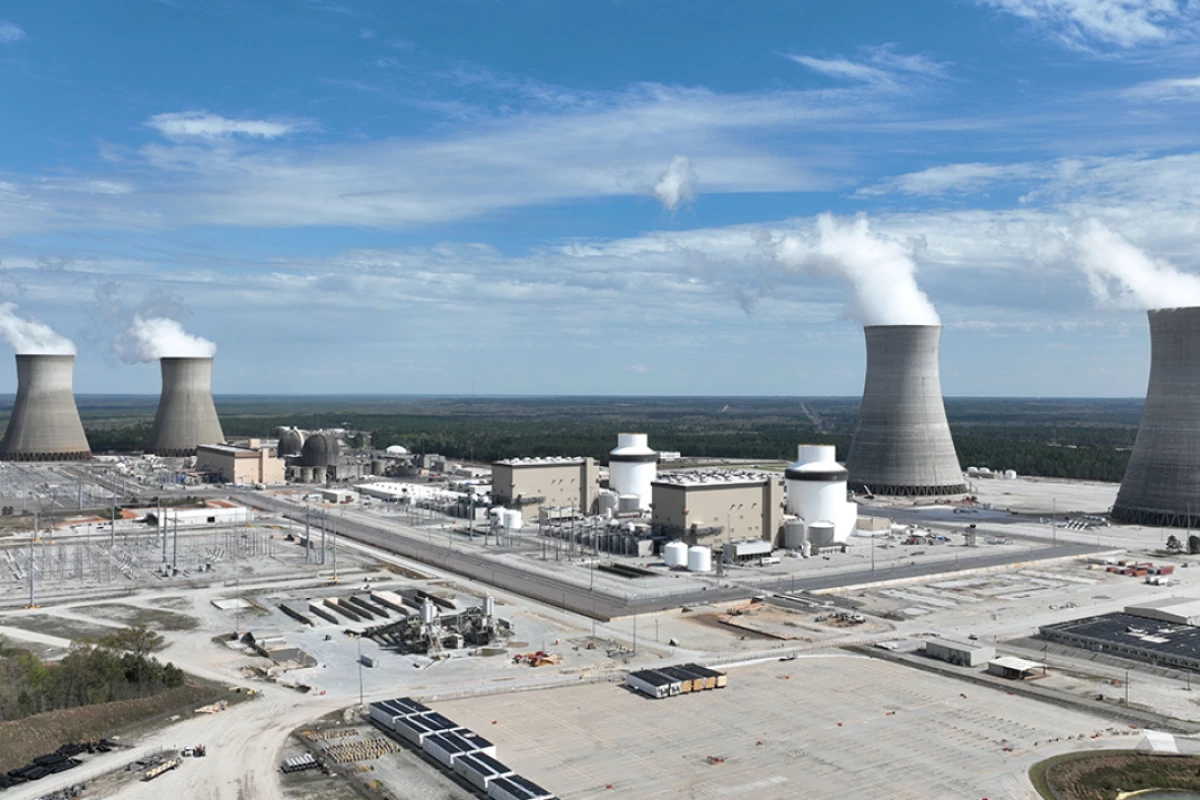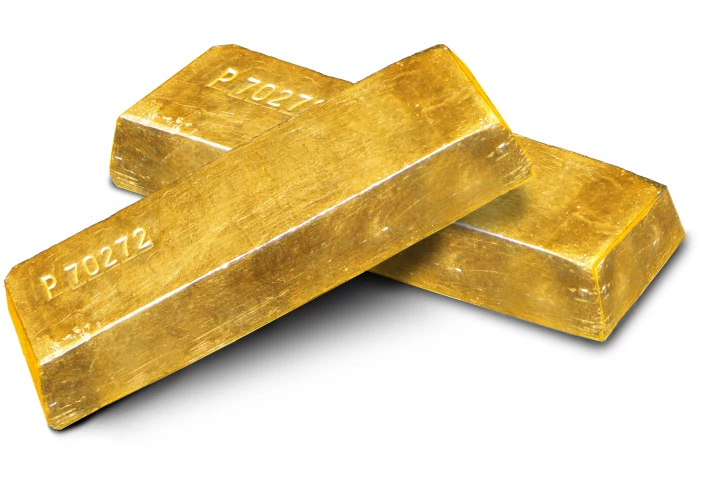Giving a whole new meaning to underground power, startup Deep Fission Nuclear has secured US$30 million in funding to install a micro-reactor in a mile-deep borehole by July 4, 2026 as part of the US Department of Energy's Reactor Pilot Program.
Over a year ago, we looked at Deep Fission and its plans to install nuclear reactors in what at first seems the oddest place possible outside of the gibbon enclosure at the zoo. The company wants to drill a 30-in (76-cm) borehole into solid rock in a geologically stable area to a depth of one mile (1.6 km) and lower a complete nuclear reactor on a wire to the bottom.
It may seem strange, but there's some solid engineering logic behind it. Perhaps the three biggest concerns regarding nuclear power are cost, safety, and security. The nuclear power plants that have been built since the 1950s have been extremely expensive – at least in the West with construction taking decades and costing tens of billions of dollars. In addition, there are legitimate fears of a catastrophic accident as well as the threat of terrorist sabotage.
Deep Fission's plan is to ameliorate these problems by radically shifting the reactor location.

Contrary to popular perception, the huge construction expense for nuclear plants isn't the reactor itself but the extensive civil engineering needed to contain it and its support equipment. By placing the reactor deep underground, it's possible to eliminate a lot of the plant and to simplify its design, resulting in a reduction in above-ground construction costs of up to 80%.
The current Deep Fission plan is for a self-contained 15-MWe modular reactor fueled with Low-Enriched Uranium (LEU) and running at a temperature of 315 °C (600 °F) to be lowered on a cable to the bottom of the bore hole, which is flooded with water. Attached to the reactor are two insulated pipelines. One carries water down and the other carries live non-radioactive steam back to the surface, where it feeds turbines to generate electricity. Meanwhile, the water column and the surrounding rock pressurizes the reactor to 160 ATM (2,352 psi) without the need for special equipment.
This arrangement allows the plant to have a footprint of only a quarter acre to a half acre (1,012 to 2,023 m²) for the basic configuration. In addition, by placing the reactor deep underground, the containment structure is no longer required and security is provided by the location of the reactor.
Another safety feature is the fact that placing the borehole in a stable area and drilling deep beyond the water table means the reactor is essentially self-disposing. If it's damaged and can't be hauled to the surface, the hole can be filled with rubble and concrete. At such a depth, there's no chance of contaminating the water table and, contrary to popular belief, uranium doesn't leach very far through solid rock even over millions of years.
According to Deep Fission, a pilot plant could be built in about six months and if the technology is commercialized, it could provide electricity to the grid for about five to seven cents per kWh.
"This is a unique moment for the nuclear industry," said Liz Muller, Co-Founder and Chief Executive Officer of Deep Fission. "Deep Fission has the right technology, at the right time, and in the right place. With this funding, we can begin building our pilot reactor, with the goal of completion in 2026. We believe we can scale our technology rapidly and profitably to address the massive energy demand from AI data centers and other customers around the world."
Source: Deep Fission






